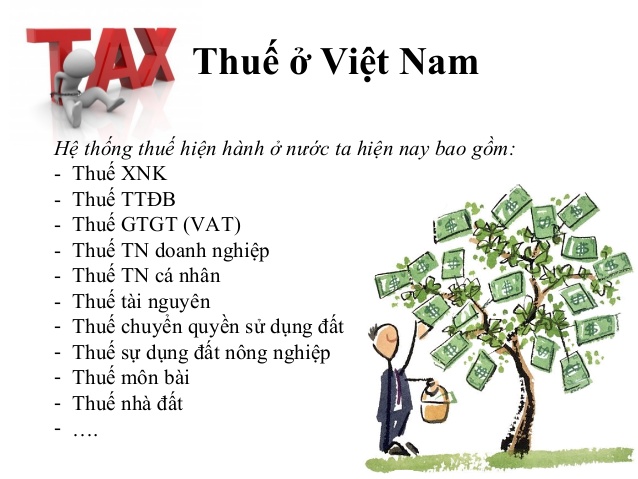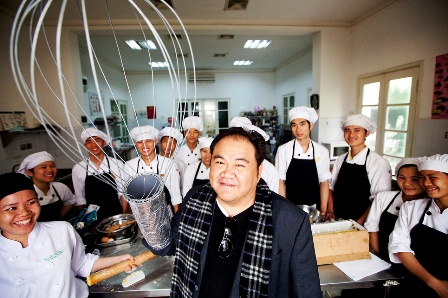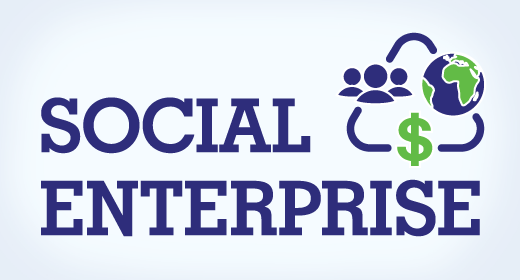Writer: Nguyen Hong Hanh – Number: 07
Vietnam is now a developing country and fastly intergrated with other countries. The opportunities for international companies to join the market is very potential. But to make sure Doing Business in Vietnam is on the right way, there are many regulations that companies should know to be competitive. Some important aspects I will mention in this summary is Accounting and Auditing, Human Resources and Employment Law, Banking and Capital Markets, which cover many business activities of every company.
The accounting framework is now fully complete and suitable for Vietnam companies and international companies. There are currently 26 Vietnamese Accounting Standards (“VAS”) and the accounting framework is mainly rules-based accounting rather than a principles-based one. Rules-based accounting is a list of detailed rules that must be followed in financial statement. With a set of rules, the accuracy will increase and the ambiguity will diminished. The accounting period is generally 12 months in durations and audited annual financial statements must be completed within 90 days of the end of the financial year. One thing that the foreign-invested entities must remember that they will be audited by an independent auditing company operating in Vietnam. “VAS” and International Financial Reporting Standards (“IFRS”) have some key differences, such as a number of key accounting standards (regarding financial instruments and impairment of assets) have not been issued yet in Vietnam, so foreign companies may need to examine the rules carefully.
In Employment Law, foreigners working in Vietnam must have a work permit issued by the labour management authority, the maximum duration of a work permit is 24 months. With the population of over 92 million, around 40% of the population is under 25 years of age, Vietnam is expected as a potential market with young generation. Approximately 22% of the population is consider to be trained or skilled, so they have the ability to apply knowledge to work and they are as good as the foreign labour force.
According to Vietnam authorities, a minimum legal capital levels for foreign banks’ branches, finance companies are US $15 million and VND 500 billion respectively. Foreign investors can own more than 30% of the total shares in a local bank. The activities is controlled by the Prime Minister on a case by case basis. Every year, credit instituons and foreign banks’ branches must review and assess the adequacy, validity, effectiveness and efficiency of internal controls. These report shall be submitted to the key stakeholders, the State Bank of Vietnam within 30 days from the end of the fiscal year. With these strict controlling, Vietnam expects companies are followed equally in a fast developing environment.
Vietnam has brought many opportunities not only for local companies but also to companies from all over the world. If business entrepreneurs understand rules carefully, they can make a difference with high quality products.





 Jimmy Pham – KOTO Founder and Global Ambassador and KOTO’s trainees.
Jimmy Pham – KOTO Founder and Global Ambassador and KOTO’s trainees.
